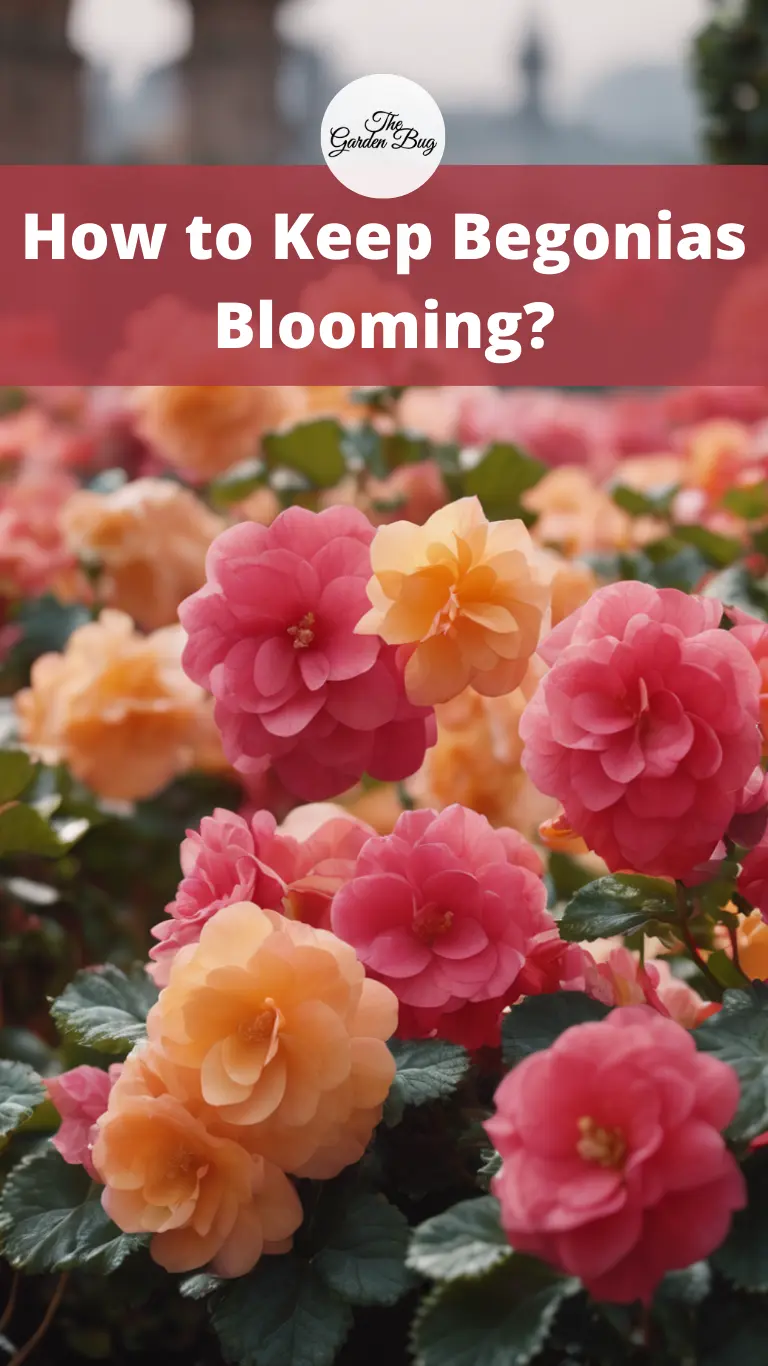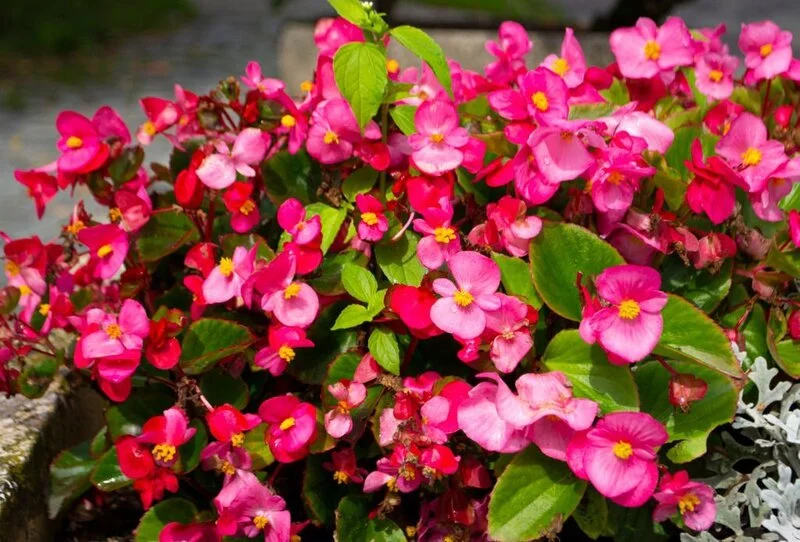Ever wondered why some begonias keep blooming all season while others seem to be stuck in a non-blooming rut? Let’s dive into the world of these beautiful plants and discover the secrets to a full season of vibrant flowers.
- 10-30-20 Analysis – Great for producing brighter, more plentiful flowers in flowering plants.
- Many Ways to Feed – Blossom Booster can be used as a foliar or root feeding product. Great for spraying directly onto leaves, roots, or when used in a continuous feed system.
- Water-Soluble Powder – Powdered concentrates go further than liquid fertilizers. Simply mix your measured powder with water and you are ready to feed with multiple gallons of liquid fertilizer!
- Included Measuring Spoon – All Jack’s Classic fertilizers come with a convenient spoon to create the right amount of liquid fertilizer for your plants.
- Micronutrients – Added micronutrients supply your plant with the nutrition it needs for optimal growth and health. Unlike other fertilizers, additional feeding is not required.
Blooming Habits of Begonias
Begonias are like the divas of the plant world. They have their own way of doing things and won’t give you a show unless everything is just right. Different types of begonias have different blooming habits. Some bloom all year round, while others take a break and save their energy for a grand spectacle.
Tuberous begonias, for example, are summer performers that like to take a nap in the winter. On the other hand, wax begonias, with their waxy leaves and pretty flowers, can bloom all year if they’re happy with their environment. Understanding these habits can help us provide the right care and encourage these beauties to bloom their hearts out. So, ready to transform your garden into a begonia blooming paradise? Let’s move onto the next step!
Ideal Conditions for Begonias to Bloom
Begonias are not too fussy, but they do love their comfort. They enjoy a spot with well-drained soil, a little bit of morning sun, and some afternoon shade to chill out. Remember, these divas don’t like their feet (or roots) too wet or too dry. So, strive for a Goldilocks balance when it comes to watering.
In temperature terms, begonias are all about room temperature. They don’t like it too hot or too cold. Aim to keep them in an environment between 60 and 70 degrees Fahrenheit, and they’ll reward you with a stunning show of blooms.
- Specially formulated potting mix for tropical plants
- Packed with nutrients that feed tropical plants for up to 6 months
- Includes lava rock for added drainage that tropical plants need
- For use in outdoor and indoor containers
- Excellent for all tropical plants, including spider plants, ZZ plants, snake plants, pothos, croton, monstera, fiddle-leaf fig, and more
Nourishing Your Begonias: Watering, Fertilizing, and Sunlight
Now, onto the main event: keeping your begonias well-fed and happy. Begonias enjoy a good drink, but remember, no wet feet! Water them when the top of the soil feels dry, but before the plant starts to wilt.
A slow-release fertilizer applied at the start of the growing season will give your begonias the nutrients they need to produce those vibrant blooms. A balanced fertilizer, one that contains equal parts nitrogen, phosphorus, and potassium, is a great option.
As for sunlight, while begonias do enjoy some sun, they don’t like to be baked. Morning sun and afternoon shade work best for most types.
Keep in mind, each begonia type may have slightly different requirements, but with some care and attention, you can encourage a full season of beautiful blooms! Ready for more tips? Let’s keep going!
Pruning and Deadheading for Continuous Blooms
Here’s a fun fact: begonias are like the pop stars of the plant world, they love attention! If you want your begonias to keep strutting their stuff, you have to play the part of the adoring fan. That means regularly deadheading and pruning them.
Deadheading is a fancy word for removing dead or faded flowers. It’s like giving your plant a little spa day, helping it look its best and encouraging new blooms. Simply pinch or cut off the flower stem near its base when the flowers start to fade.
Pruning, on the other hand, is like sending your begonias to the gym. You’re helping them get into shape by cutting back overgrown or leggy stems. This helps the plant direct its energy to new growth and flowers. Remember, always use clean, sharp tools for pruning to avoid spreading diseases.
Addressing Common Problems That Affect Blooming
Okay, we’ve covered the happy stuff, but what about when things go wrong? Sometimes, despite our best efforts, our begonias can run into some problems. But don’t worry, we can fix them!
If your begonias aren’t blooming, check for common problems like too much or too little light, over or under-watering, or a lack of nutrients. You might need to move your plant, adjust your watering schedule, or feed it a bit more.
Begonias can also be affected by pests like aphids or diseases like powdery mildew. Regularly inspect your plant and take action at the first sign of trouble. Use organic pesticides or fungicides if needed, or remove heavily infested or diseased parts of the plant.
Conclusion
Keeping begonias blooming is like cheering on your favorite performer. With a bit of love, care, and a watchful eye, you can keep the show going all season long! You’re now a backstage pro, ready to keep those begonia blooms dazzling. Remember, each bloom is a standing ovation for your hard work. So, give yourself a round of applause too!






